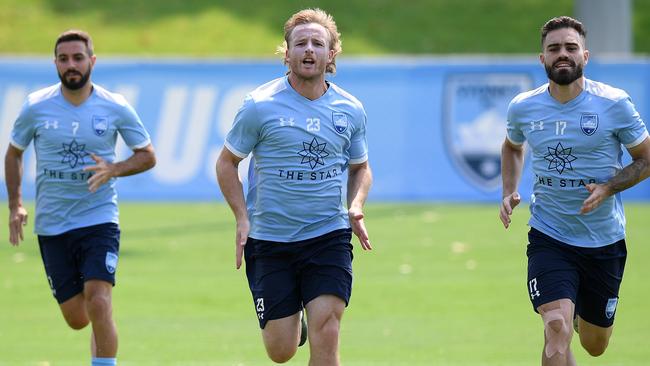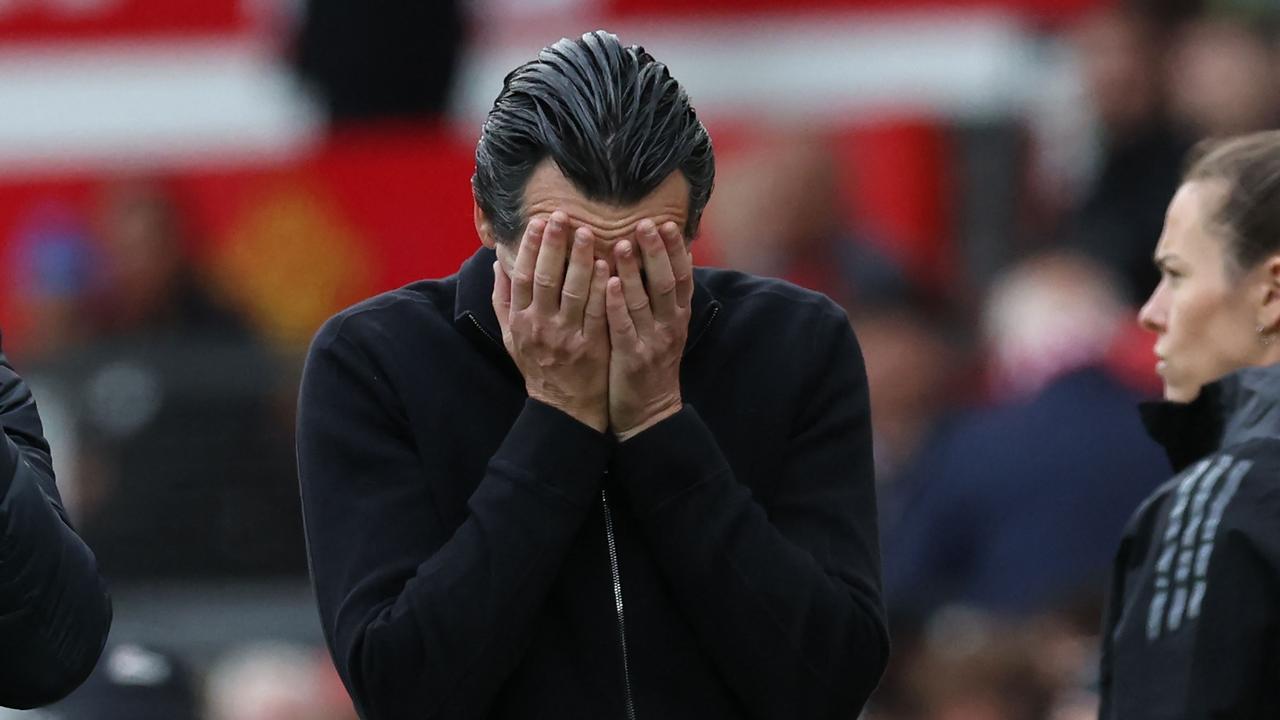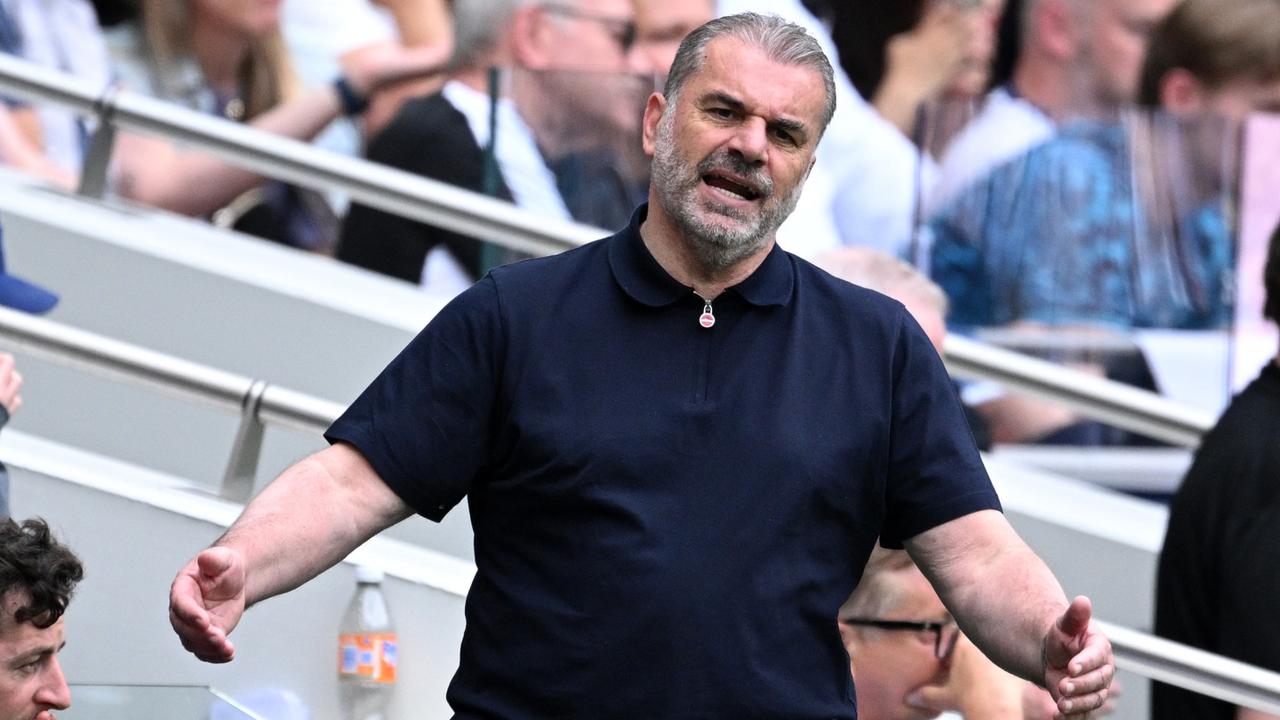Pressure mounts for A-League concussion protocol
Players want the A-League to set a new standard in concussion testing.

Australian footballers want the A-League to set a new standard in concussion testing, amid growing global concern about the long-term effects of head injuries in the game.
With experts warning that football could face legal action from players in the future, similar to the class actions brought against the NFL in America, a radical change to the laws of the game is on the drawing board.
A spate of head injuries this season in the A-League has highlighted the pressure on doctors to make an almost instant assessment of whether a player is fit to continue — knowing repeat concussions can cause brain damage or worse.
FIFA’s lawmaking arm is examining a proposal to introduce “concussion substitutes” later this year, permitting temporary replacements to allow for longer and more detailed tests on players suffering head injuries and possible concussion.
Though A-League boss Greg O’Rourke believes the competition’s current protocols for treating potential concussion incidents are as good as they can be under the current laws, all sides see it as inevitable that football will have to change its rules for the sake of player welfare.
After several head injuries during play this season, A-League officials reviewed the protocols that allow for a player to be examined on the pitch for up to three minutes, and longer on the sidelines if necessary.
The A-League uses the so-called SCAT 5 test that measures a player’s cognitive performance after suffering a blow to the head.
But the global body of players’ associations, FIFPro, says there have been too many examples in world football of coaches pressuring team doctors to clear players for a quick return to the fray.
Even at the 2018 World Cup there were several incidents of players being allowed to play on when apparently unfit to do so.
The PFA in Australia and A-League officials have discussed options such as doctors getting access to immediate footage of what caused the injury, and even the appointment of independent medical staff.
But almost all the measures would need longer than the current three minutes, which is why groups including the major European leagues, FIFPro and even UEFA have called for so-called “concussion subs” to be allowed for any kind of head injury by IFAB, the global lawmaking body meeting at the end of February.
Both rugby union and NRL allow for temporary replacement of players suffering head injuries, with medical staff able to see how the injury was caused as well as make a detailed diagnosis.
“There’s simply no basis for a concussion substitute not to be immediately introduced to football,” said PFA chief executive John Didulica. “Given what we know, it is inevitable that a change will happen in time.
“(In the meantime), national associations should be proactive and, while the laws are being debated and trialled, ask for an amnesty to introduce substitutes into their own competitions.
“More to the point, national associations should be acutely aware of their obligations under local laws, so should be more forward regardless of what happens at an international level.”
O’Rourke said the A-League would welcome a change in the laws to allow temporary subs, and believes it is an inevitability given global pressure for reform.
“It’s important to note that we believe our current protocols are working well — but allowing for the temporary replacement of players who have suffered head injuries will be a positive move,” he said.
“You saw what happened when the Wanderers played Brisbane (the latter scoring with Wanderers defender Patrick Ziegler receiving treatment for a cut to the face) when it’s 10 v 11 for a period of time. We’d definitely be open to testing the concept.”
Concerns have been raised over the ramifications of temporary subs, including the possibility of players feigning injury, but O’Rourke said the advantages are likely to heavily outweigh those side effects.
“I think it’s inevitable we’ll get to appoint where there’s more time for observation of injured players,” he said.
“We need to be able to show flexibility.
“Players feel a pressure to get back out there rather than risk being removed from the game permanently, and we need to create a more considered environment.”



To join the conversation, please log in. Don't have an account? Register
Join the conversation, you are commenting as Logout